On 24th February 2022, Russia launched a full-scale invasion of Ukraine. I visited Ukraine in 2019 and this post is an account of my time there plus the travel advice relevant for that period. Most governments have currently advised against all travel to Ukraine so please review travel guidelines to this area provided by your government.
On 28th April 1986, the Swedish authorities detected unusually high levels of radioactivity in their atmosphere. The radioactivity was traced back to the Soviet Union. Two days earlier, in the early hours of 26th April 1986, a nuclear accident took place at the Chernobyl nuclear power plant, 600 miles from Sweden.
Nuclear catastrophe is not possible in the Soviet Union was the initial Soviet state position at the time. I remember seeing the news bulletin’s footage of the mangled reactor. As days went by, it was becoming apparent that the Chernobyl incident was the worst nuclear disaster in history. The radioactive plume from the plant spread as far as our region in Ireland, the most westerly point of Europe.
An exclusion zone around the plant was put in place after the accident. Since the fall of the Soviet Union, the Chernobyl plant has been the responsibility of the Ukrainian government and its agencies.
My country guide to Ukraine can be found in my Ukraine Travel Tips post.
VISITING THE CHERNOBYL SITE
Considering the Chernobyl site is located only 80 miles north of Kyiv, I availed of the Chernobyl day trip offered by Chernobyl Tour during my visit to the Ukrainian capital.
My guide to Kyiv can be found in my Self-Guided Kiev Walking Tour post.
My visit to the Chernobyl Exclusion Zone was not inspired by the 2019 HBO series as I’ve been keen to visit ever since the Ukrainian government opened the site to tours. Readers of my blog will know that I have an interest in modern history, world affairs, unconventional attractions/dark tourism so a Chernobyl day trip more than fits this bill. In fact, only two people on our bus of fifty were prompted to visit on the basis of seeing the TV show.
The Chernobyl Exclusion Zone must be visited as part of an official tour. I was required to forward my passport details to Chernobyl Tours in advance as the Ukrainian authorities require this information for vetting visitors. Our passports were checked by military personnel at the Dytiatky Checkpoint, the entrance into the 30km exclusion zone. Kiosks selling snacks and gifts are located here.
A few minutes later we stopped at Zalissya, an abandoned village on the outskirts of the exclusion zone. It was a taste of the eeriness we would witness on a larger scale later in the day.
Our next stop was Duga Radar 1, the towering former Soviet missile detection station. Located at the end of a concrete road in a densely wooded area (a classic soviet military type of location, apparently), this steel mesh antenna is a neck-achingly 150m in height.
The bus drove on towards an industrial site surrounded by lots of electricity pylons and power wires. This was the actual site of the power plant. The bus stopped so we could observe the size of the plant from a distance and its reactors.
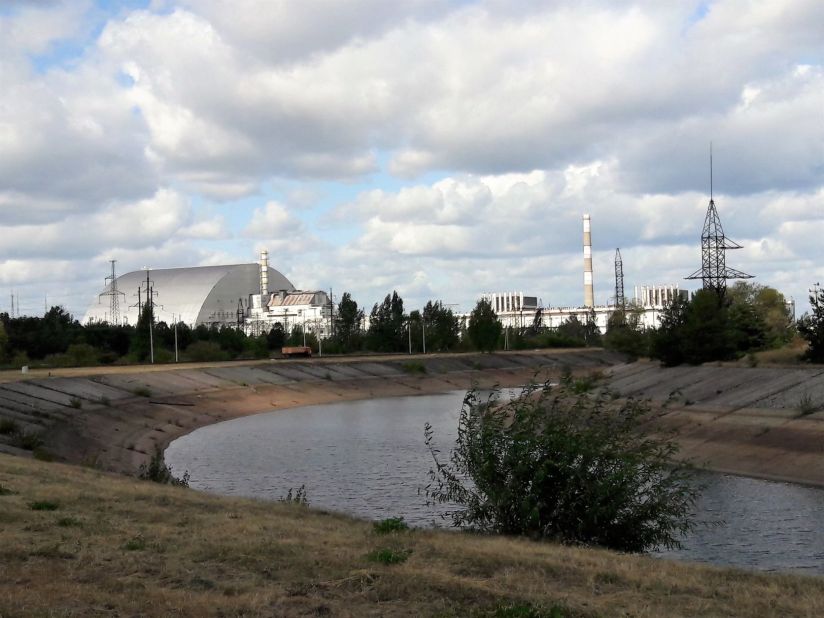
The bus entered the plant area and slowly drove around to the back of the steel confinement unit that houses reactor number 4, the reactor where the 1986 explosion took place. I was surprised that we could get so close to the reactor (200m) and even more surprised that we could exit the bus. Radiation levels in the immediate vicinity of the plant are minimal and there are approximately 2000 people employed to decommission the site.
Eating and drinking outdoors were not permitted inside the exclusion zone although snacking in the bus was. We dined alongside the plant’s employees in the site’s canteen where we were screened for radiation prior to entering. Food consumed in the canteen is sourced outside the exclusion zone.
Tour participants had the option of renting a Geiger counter for the day. After lunch we drove through an area called the Red Forest, the area immediately downwind from the plant that bore the effects of the disaster. The resulting dead foliage had a red hue. Even though the area was cleared, it still emits radiation from the soil. The Geiger counters in the bus beeped loudly as we drove closer to the area.
The Red Forest area marks the entrance to the town of Pripyat, the city purpose-built to house the nuclear power plant employees. At the time of the accident, Pripyat had a population of approximately 50,000. The population wasn’t evacuated until 27th April, the day after the accident. We were told that 1000 buses arrived for the city’s residents who were told to take enough belongings to last a few days. It took just over 2 hours to evacuate the city’s entire population. They never returned.
The abandoned city of Pripyat is surreal and is possibly the nearest representation of a post-apocalyptic scene you will find. Frozen in Soviet mode, grey tower blocks lie empty. The silence of the place is eerie. I was surprised to see physical damage to some of the buildings. The guide told us about unauthorised visitors who have vandalised the site.
Pripyat’s infrastructure is devoid of colour save for the amusement park rides due to open on May Day 1986, five days after the accident. This is possibly the most photographed part of Pripyat. While human life is lacking in Pripyat, foliage is blooming as are mosquitoes. Thanks to Chernobyl Tour’s advance warning, I arrived armed with repellent.
We re-traced our bus journey past the plant, venturing briefly to Chernobyl town and a monument to the firefighters who first tackled the blast. We underwent body scans exiting both the 10km zone and the 30km zone.
CHERNOBYL DISCUSSION
Not only did the tour guides show us the relevant sites but they spoke about the cause, effect and clean-up of the accident. The explosion was as a result of a test that went wrong in a flawed reactor design that was operated with inadequately trained personnel. To contain the blaze, personnel threw lead, boric acid and bags of sand by hand from helicopters that flew directly over the ruined reactor.
The death toll from the explosion, the immediate response and from subsequent long-term exposure to high levels of radiation is disputed. 4,000 is estimated to be the lowest number of fatalities. Official figures show that 600,000 civil and military personnel, known as liquidators, were involved in the clean-up operation.
The starkest statistic from the Chernobyl day trip concerned the wind direction at the time of the blast. The wind blew the radioactive plume northwards towards Belarus. Trains were waiting in Kyiv to evacuate the entire city of 2.5 million in case the wind direction changed.
What wasn’t covered in the tour were the devastating effects the Chernobyl disaster had on neighbouring Belarus, although I was already acquainted with this through the work of Irish charity Chernobyl Children International.
Much of the devastation in Belarus was as a result of cloud seeding. The wind drove the radioactive plume towards Moscow. Officials ordered Soviet air force planes to drop silver iodide into the atmosphere over Belarus, causing an increased rain level which removed radioactive particles from clouds heading toward Moscow. These radioactive particles fell to the ground in Belarus.
CHERNOBYL DAY TRIP: FINAL THOUGHTS
The Chernobyl day trip lasted 12 hours and I found Chernobyl Tour to be a company that displayed a high level of professionalism.
Visiting a unique site in a restricted zone comes with a lot of rules. For example, only certain parts of the site can be photographed, smoking is only allowed in designated areas, and a dress code is in place. Tour companies will furnish you with all the rules in advance.
Finally, the Chernobyl nuclear disaster zone is a site of tragedy and needs to be treated with respect. I remember the news bulletins of the day so the tour felt like a follow-up trip, one that was as thought-provoking as it was educational.


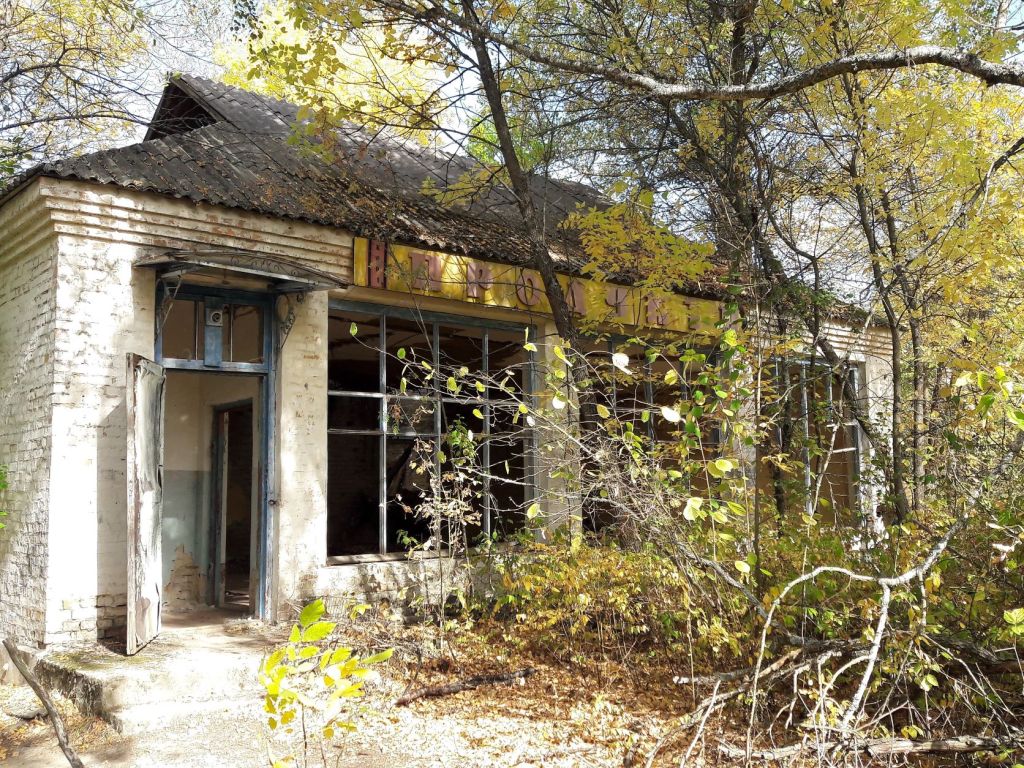
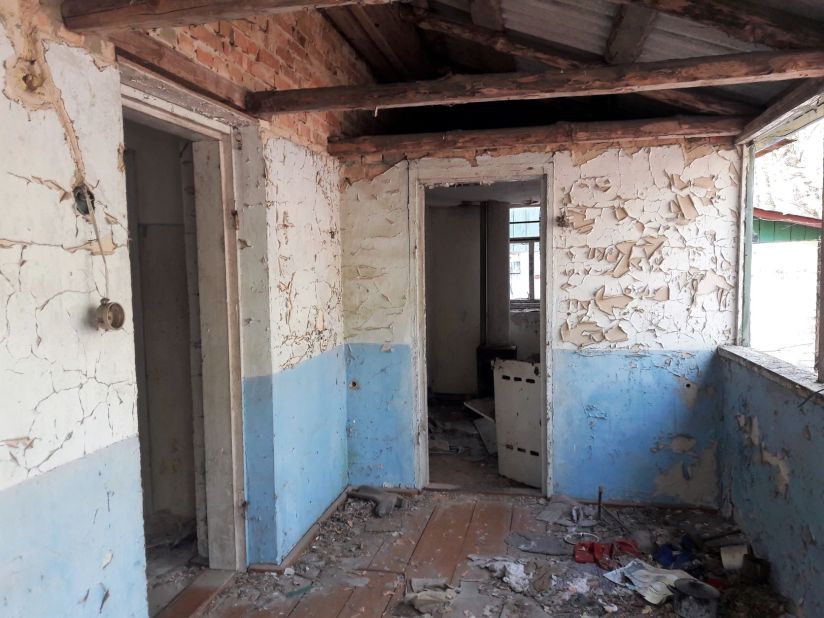


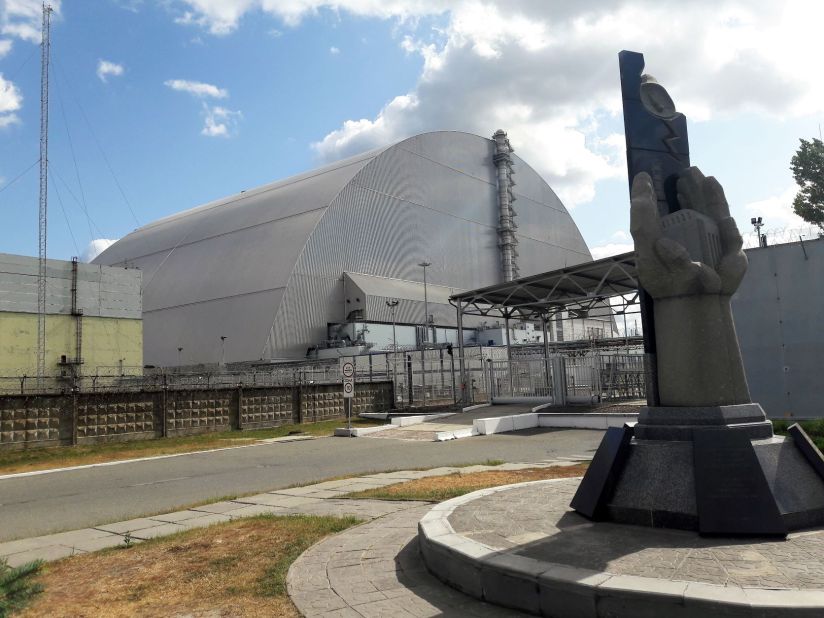
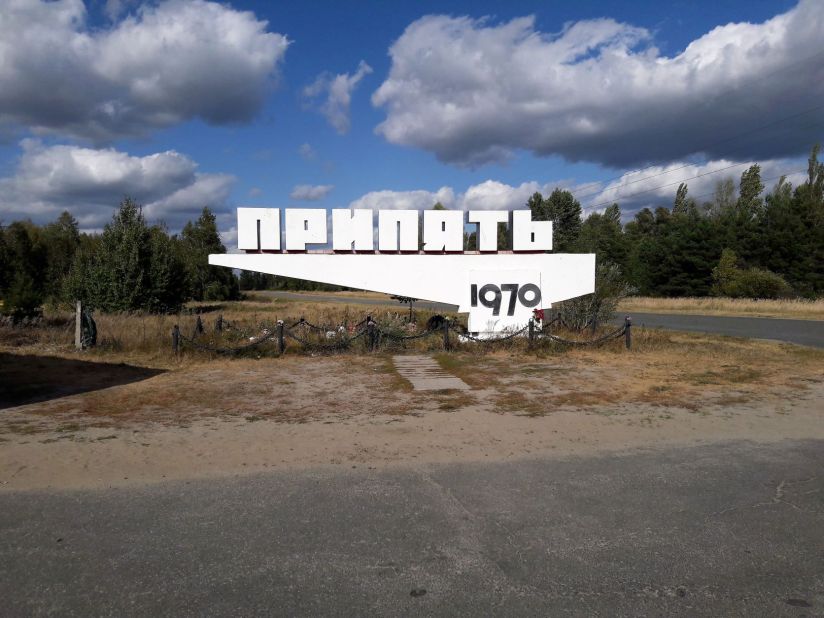


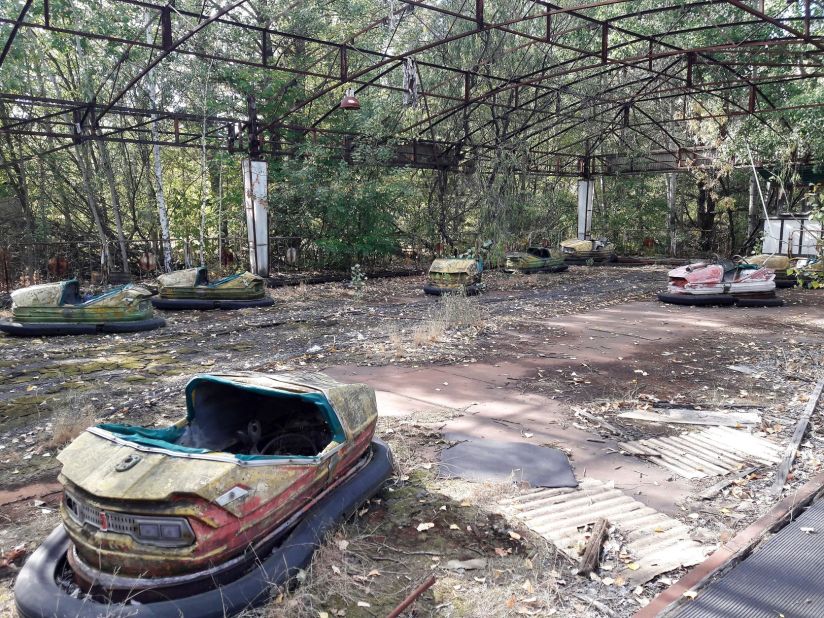

This would be such a fascinating place to travel to. Great guide on what it’s like and what to do.
LikeLiked by 1 person
Thanks Bliss. It certainly is a unusual day trip. Very much in the dark tourism category.
LikeLike
I had wanted to visit here this year, it looks so interesting!
LikeLiked by 1 person
Thanks Kariss. I’m glad it will be of use to you.
LikeLike
Such an interesting place to visit, I’d like tti check it out. I’m fascinated with places like this and recently saw the TV show Chernobyl, but like you I’d wanted to go before even seeing that. I grew up in the UK so I remember this happening when I was young and people talking about it all the time.
LikeLiked by 1 person
Thanks Emma. I think what the people of Ukraine and Belarus had to cope with as a result of the Chernobyl disaster puts the Coronavirus measures into perspective.
LikeLike
Wow! I can only imagine what this day felt like. I really appreciated you sharing your recommendation for the Tour Company you used!
LikeLiked by 1 person
Thanks Linnea. It was a strange feeling entering the exclusion zone. Seeing the abandoned Pripyat one couldn’t help but think of the fifty thousand people who were never to see the city again.
LikeLike
Must have been an incredible experience to visit Chernobyl.
LikeLike
Great guide. Can’t even imagine how interesting and sad this is to visit
LikeLiked by 1 person
Thanks Cass. Entering the Exclusion Zone was a strange feeling.
LikeLike